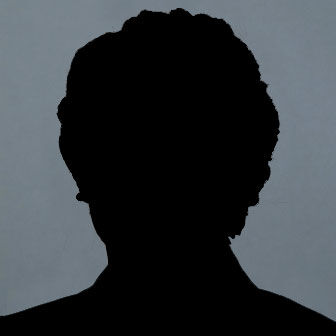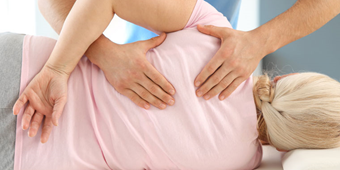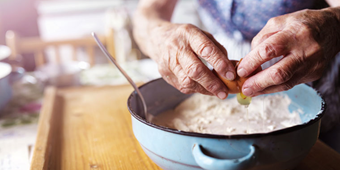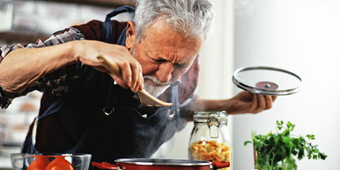The Benefits Of Cupping Therapy
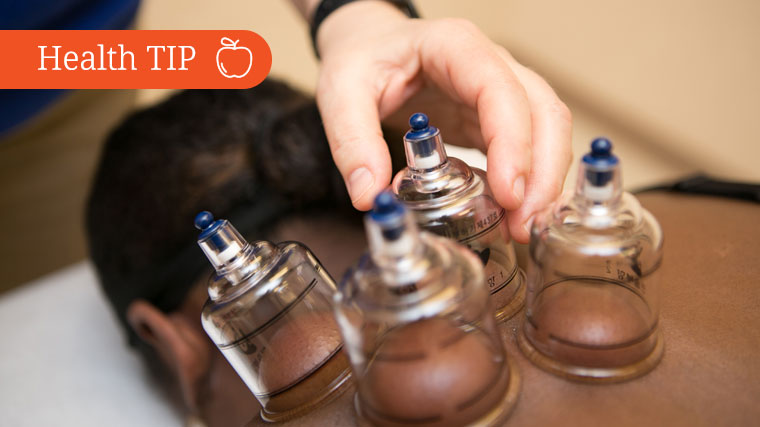
Answer a few questions and we'll provide you with a list of physical therapy providers that best fit your needs.
Cupping therapy is a method of reducing pain and inflammation and relaxing muscles. Although it has been used for thousands of years, its popularity has soared in the last decade as an alternative to narcotic pain medicine.
“Cupping is the use of special suction cups to create negative pressure, like a vacuum, through the skin and into the muscles,” explains Amy Bennett, PT. “It loosens the body’s connective tissue and lifts it, relieving myofascial tissue restrictions and gently stretching muscle in directions not possible with exercise.” By dramatically increasing the flow of blood in the area, it flushes stagnated tissues and releases powerful anti-inflammatory, antioxidant and pain-relief effects.
Cupping is a popular treatment for sore muscles. It also has been used to treat back and neck pain, knee arthritis, and migraines.
Cupping’s vacuum effect can leave skin discoloration which look like bruises. “They aren’t really bruises,” Bennett explains, “because cupping does not cause damage to underlying tissue.” The purplish marks result from the vacuum effect of drawing blood to the skin’s surface. The marks aren’t painful and fade within several days.
During treatment some people report a sensation of skin pinching or pulling at first. This generally subsides quickly, Bennett says. “Most people ask for the treatment again. After cupping, there is usually a sense of relaxation and improved mobility.”
Ask your doctor to recommend a health care professional who has received the training necessary to perform safe, effective cupping. This may include physical therapists, massage therapists, acupuncturists, doctors and chiropractors.
Answer a few questions and we'll provide you with a list of physical therapy providers that best fit your needs.
Source: Amy Bennett PT, Premier Health Sports Medicine; Harvard Health Publishing
